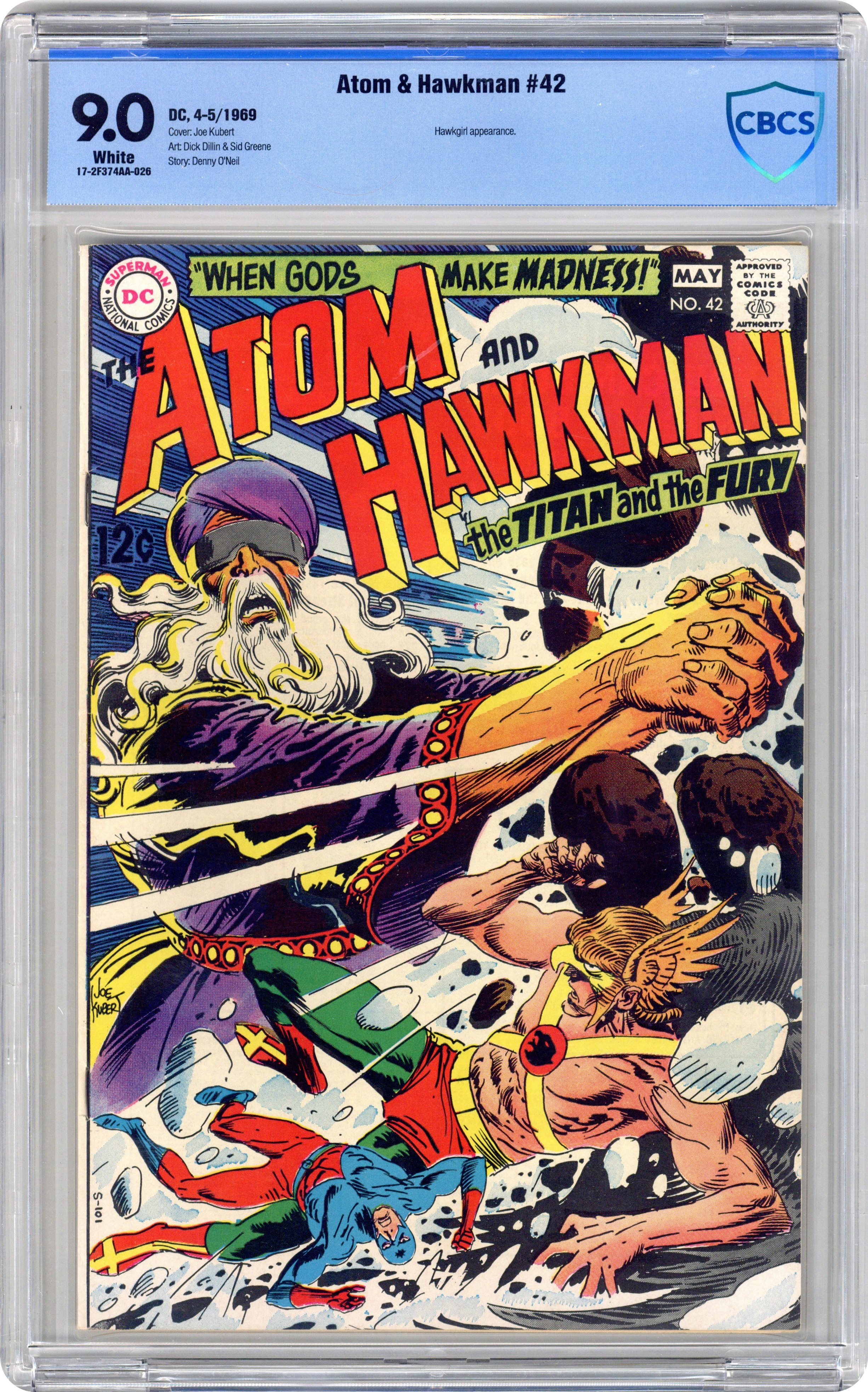Atomic 1 0 42
Atomic 1 0 42
1.1 Useful constants
electron charge=4.8x10-10 esu=1.6x10-19C
electron mass= 9.1 x10-28gm
Mata connected with Peyton Lyon on a 60-yard touchdown pass to make it 42-0 going into the fourth after Alexis Magallanes’ sixth PAT in as many tries. The parenthetical number after an atomic mass tells you the uncertainty in the final digit. For example, an atomic mass of 1.0173 (4) means that typical samples vary within a range of 1.0173 ± 0.0004. You don't need to take this into account unless the problem requires it. 42 is the mass number and 20 is the atomic number. 42 is the number of neutrons and 20 is the number of protons. 42 is the number of protons and 20 is the number of electrons. 4.42 is the atomic number and 20 is the number of neutrons. This is a list of chemical elements, sorted by atomic mass (or most stable isotope) and color coded according to type of element.Each element's atomic number, name, element symbol, and group and period numbers on the periodic table are given. The number in parenthesis gives the uncertainty in the 'concise notation' defined in the IUPAC reference 'whereby standard uncertainty is given in.
1.05 x10-27 ergs-s=6.58 x10-16 eV
Avogardro number= 6.022x1023 /mol
Boltzmann's constantk = 1.380658 x 10-23 J/K=8.617 x 10-5 eV/K
1.2.Energy conversion factors
1 eV = 8065.54 cm-1

1 a.u = 27.211396 eV = 219 474.63 05 cm-1 =2 Ry
1 Ry = 13.6057 eV
1 degree kelvin=0.0862 meV(energy units for cold atoms)
= 0.695 cm-1
1 Kcal/mol= 0.0434 eV = 43.4 meV(energy units used by chemists)
1 GHz in photon à 4.13x10-6 eV(energy units by laser physicists)
photon momentum (a.u.)k= 2.7 x10-4 E (eV)
de Broglie wavelengthfor electron:(in ;( at 100 eV is 1.22
1.3. Atomic units(au)e==m=1
Unit oflength=a0=Bohr radius=0.529(
Unit of velocity= = v0 = electron velocity in the first Bohr orbital= αc
(: fine structure const)
Unit of time = a0/αc= 24.2 asec(1 fs=41 au)asec=10-18 sec(attosecond)
Unit of frequency= v0 /a0= 4.13 x1016 sec-1
Unit of Electric field= 5.14x109 V/cm =e/a02
Unit of Magnetic field= 2.35 x105 tesla
Unit of magnetic dipole moment=Bohr magneton=µB=e/2m=5.79x10-5 eV/Telsa
Atomic 1 0 42 Percent
Unit of electric dipole moment=ea0
1.4.Short hand notations
109=giga, 1012 =tera;1015= peta ;1018 =exa ; 1021=zetta ;1024=yocto
10-9=nano 10-12 =pico;10-15=femto; 10-18=atto;10-21=zepto;10-24=yotta
1.4. Lasers
For 1 oA, photon energy= 455.71 aufor 800 nm ->
laser peak intensity (linear polarized) =3.54 x1016 W/cm2
UP=E2/4=9.33 I(1014 W/cm2)(inm)
( 6eV for 800 nm at 1014 W/cm2)
Keldysh parameter
time-frequency width relation:
Gaussian pulse
(is FWHM in time domain)
width in eV for a Gaussian pulse with is 1.83 eV
1.5. Oscillator strength and transition rates
A= 2*(E2/c3) f (4.13 x1016) 1/sec
where E is in a.u. , c=137.03604 and f is the oscillator strength for emission
1.6 pressure
1 atm=1.01x105 Pa= 760 Torr =1.013 bar
1 mbar= 0.75 Torr
Atomic # = 1
1 psi= 51.7 torr = 0.068 atom
1.7. Binding energies and equilibrium distance
Kr: 14.0 eV, Xe: 12.3 eV
N2: 15.6 eV, 17.2 eV, 18.7 eVRO=1.10 A,N2+: 1.12A
O2: 12.3 eV, 16.7 eV, 18.2 eVR0= 1.21 A,O2+: 1.12A
CO2: 13.8 eV, 17.6 eV, 18.1 eV
By Konstantin Bikos and Anne Buckle
International Atomic Time (TAI) is one of the main components of Coordinated Universal Time (UTC), the time scale used to determine local times around the world. It tells us at which speed our clocks should tick.
TAI Keeps the Pace
Two components are used to determine Coordinated Universal Time (UTC):
- International Atomic Time (TAI) is a time scale that uses the combined output of some 400 highly precise atomic clocks. It provides the exact speed at which our clocks tick.
- Universal Time (UT1), also known as astronomical time, refers to the Earth's rotation. It is used to compare the pace provided by TAI with the actual length of a day on Earth.
How is TAI Measured?
International Atomic Time is an extraordinarily precise means of time-keeping. Atomic clocks deviate only 1 second in up to 100 million years.
The secret to this impeccable precision is the correct measurement of the second as the base unit of modern time-keeping. The International System of Units (SI) defines one second as the time it takes a Cesium-133 atom at the ground state to oscillate exactly 9,192,631,770 times.

Atomic clocks are designed to detect this frequency, most of them today using atomic fountains; a cloud of atoms that is tossed upwards by lasers in the Earth's gravitational field. If one could see an atomic fountain, it would resemble a water fountain.
To achieve the highest possible level of accuracy, the International Bureau of Weights and Measures combines the output of about 400 atomic clocks in 69 national laboratories worldwide to determine TAI. The time scale is weighted, prioritizing the time signal provided by institutions that maintain the highest quality of primary cesium.
Why Use UTC – Not TAI?
The high level of precision achieved by using atomic clocks is both a blessing and a curse. On the one hand, accurate time-keeping is a necessity, for example for time-sensitive technology, such as modern air traffic control systems that rely on satellite navigation.
On the other hand, TAI does not take into account the Earth's slowing rotation, which determines the length of a day. For this reason, TAI is constantly compared to UT1. Before the difference between the two scales reaches 0.9 seconds, a leap second is added to UTC.
Atomic 1 0 42
